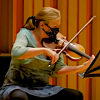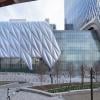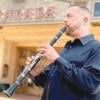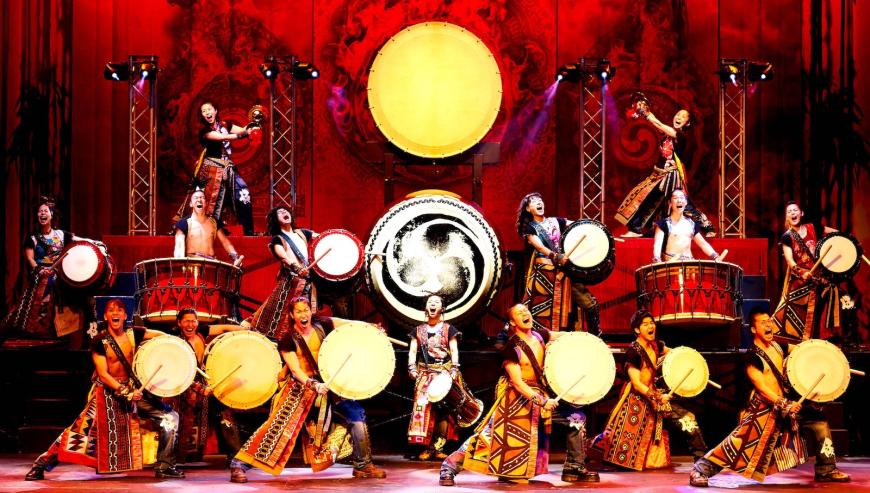
“The challenges we are facing right now as we reopen are challenges that are enduring. They will be here, if not for two or three years, maybe forever.” — Thor Steingraber, executive director of the Younes and Soraya Nazarian Center for the Performing Arts.
Even in the best of times, symphony orchestras, opera companies and major arts presenters have faced the challenge of obtaining visa clearances for international artists. The onset of the COVID-19 pandemic, which led to the imposition of severe travel restrictions and quarantines made an already difficult process that much worse.

The amount of paperwork required by the USCIS (United States Citizen and Immigration Service), says Nicki Harper, Los Angeles Opera’s director of artistic operations, plus all the other requirements to obtain an artist’s visa can take on Kafkaesque proportions. It’s an immensely complicated process that requires a coordinated effort by the would-be presenter, the artist (orchestra or dance company), their agent, the U.S. government and the governmental agencies of their home country. A USCIS visa application alone, according to Harper, can amount to more than 500 pages of documentation.
“Once the USCIS has approved our visa application based on the paperwork, it’s up to the artist,” Harper explains. “They have to fill out a DS160 form which enables them to get an appointment at a U.S. embassy or consulate. In normal times, that wouldn’t be a problem. They would have their appointment and the government would say yes or no. But with the pandemic, the consulates have been operating with limited staff. Others have closed completely. In some cases, there were so few appointments being offered, people were being given appointments in 2022 when they needed to be here in October of 2021! That meant we had to apply for an expedited appointment at which point they would have to bring a “national interest exception waiver” letter. With serious problems we’ve also contacted members of congress and Senator Feinstein’s office for assistance. We’re all hoping that things will get easier with the lifting of international travel restrictions on Nov. 8.”
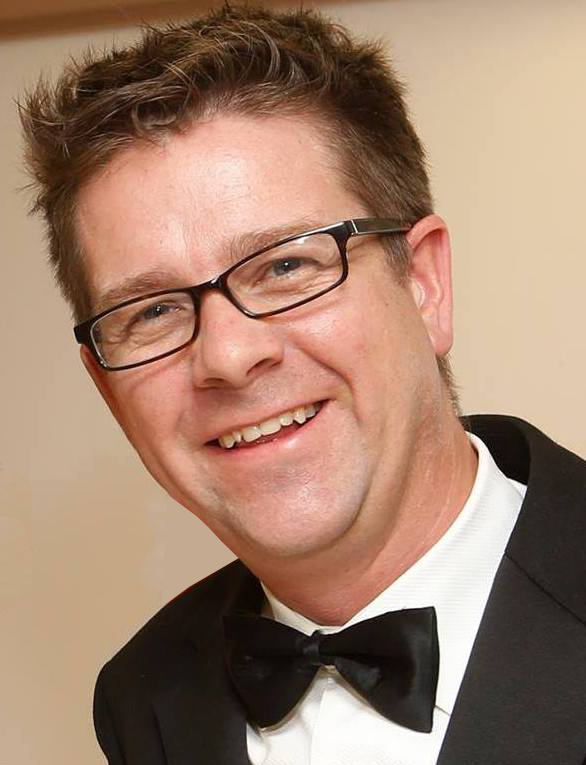
According to Rupert Hemmings, LA Opera’s vice president of artistic planning, “On the whole we’ve been very lucky and haven’t had a problem with artists being unable to come. The protocols have been problematic, but we have managed to get all the visas we’ve needed. To this point,” he adds. “When quarantines were in place, we brought people early in order to avoid any conflict with rehearsals.
“When we were forced to cancel our 2020–2021 season, we were able to postpone the first three of our scheduled productions (Il trovatore, Tannhäuser and La Cenerentola) for a year. The positive side of that was that much of the preparatory work had already been done. It did, however, require a certain amount of recasting and beginning the visa process all over again. You have to remember, even in a perfect world it’s never been that easy to arrange visa applications. But in the last eight to 10 years, it’s gotten even more difficult. One factor that helps is that opera companies tend to coordinate a lot,” Hemmings explains. “If a singer is coming here for a year’s period (artist’s visas can be granted for a stay of up to three years) they might be contracted for multiple engagements, particularly in the case of co-productions. This allows companies to split costs and make joint visa applications. But once we got into the pandemic, the visa process essentially froze up and stopped working entirely. Now, with the travel restrictions being lifted the playing field is shifting again.”
More Fun With Protocols
No amount of planning, however, could have prepared Hemmings for what befell LA Opera less than two weeks before its planned gala return to the stage. With rehearsals well under way, the company was notified that the ship transporting its scenery for Il trovatore from the Opera Monte-Carlo in Monaco (which was packed into four cargo containers) had fallen victim to the supply-chain fiasco.
“I remember a colleague coming and telling me the ship carrying our set was not coming, even though it was only miles away circling off the entrance to the harbor after traveling for thousands!” This took the idea of pivoting to a whole new level.
“We had to make a choice,” Hemmings recalls. “Doing a concert version for our comeback didn’t feel right. Cancelling felt terrible. So, we decided to build a new set (based on the production’s plans). Having heard about the ship at 3 p.m. on a Friday, by Monday morning we began 10 straight days of construction with a 50-person crew.”
You could call what happened next a show-must-go-on shipwreck party. But by 7:30 p.m. on Sept. 18, the set was completed, and the curtain rose.
“It turned into an amazing bonding experience” Hemmings says proudly.
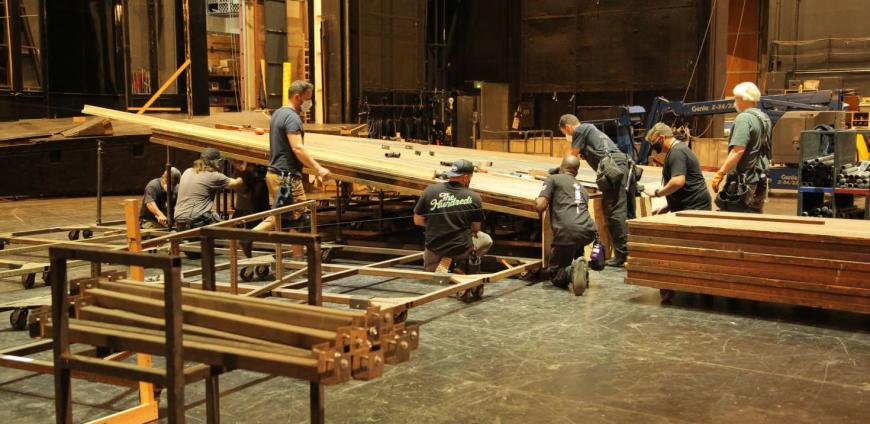
Now LA Opera’s season is well under way and its third production, Rossini’s La Cenerentola, is scheduled to open Nov. 20. But when the fully vaccinated and masked audience enters the Dorothy Chandler Pavilion, they will have no idea the level of protocols the company has been working with behind the scenes.
“At the worst, during the shutdown, it felt like we were on such a downward slope,” Hemmings remembers. “Then the LA Health Department projected by August or September we’d be in calm waters, until the Delta variant took everyone unawares. By necessity we had to come up with a set of really strict protocols. Everyone in the company was required to be vaccinated. Masks were to be worn at all times indoors. We have to fill out health questionnaires every day when we arrive at work and have our temperature taken. We also have to observe basic distancing.
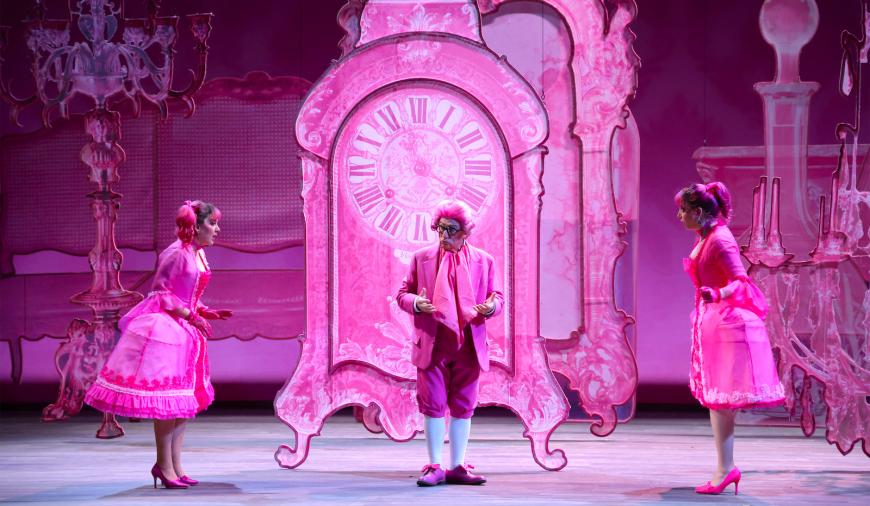
“It gets really complicated when we’re in rehearsals in the studio and onstage,” Hemmings explains. “Everybody who is connected to the rehearsal studio or the stage is tested at least once a week, some people twice or more. We also have a color-coded “zone” approach. Singers are in the Blue Zone along with some staff. Administrators who are in contact with singers are in the Green Zone. People in the Yellow Zone are not allowed on the stage at all.
“We rehearse with everyone in masks up to the point of the piano dress. At that point singers can unmask and principal singers can remain unmasked through the remainder of rehearsals. All the orchestra members (except winds and brass) are masked. Backstage, singers and choristers are masked until they make their entrance. We worked very closely with the health department and the unions to make this all work.”
Presenters Also Face Challenges
Thor Steingraber is the executive director of the Younes and Soraya Nazarian Center for the Performing Arts at California State University, Northridge. Prior to the pandemic, the Soraya presented a full schedule of performances that included international soloists, orchestras, chamber music ensembles, and dance companies. This year, as the Soraya reopened, it had already been forced to cancel the appearance of the Vienna Boys Choir, and most recently announced the cancelation of the Russian National Orchestra. Still slated to perform are: the Royal Philharmonic Orchestra conducted by Vasily Petrenko, with piano soloist Olga Kern; the Japanese drumming ensemble Yamato; Van Cliburn gold medalist Vadym Kholodenko; jazz pianist Harold López Nussa; the Academy of St Martin in the Fields conducted by and featuring Joshua Bell; and Sir John Eliot Gardiner conducting the English Baroque Soloists.
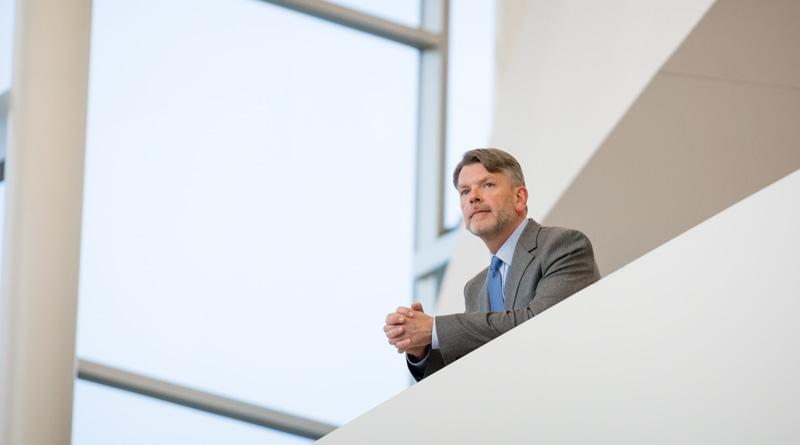
When Steingraber and I spoke on Nov. 3, he said it was his first full-time day back at the school in 20 months.
“Although a large percentage of our season involves presenting performances, like the Los Angeles Philharmonic and the LA Opera we rely heavily on artists that come to us from other parts of the world. Even if the Opera had cast its Trovatore locally, they still would have been impacted by having their scenery stuck in a shipping container. Even though the musicians of the Philharmonic are local, their soloists come from all over. We are all equally impacted by the fact that as major arts organizations — presenting and producing — we rely on artists that come from other countries. We are all holding our breath, hoping that all our international presentations will be able to happen.”
As Steingraber sees it, the only certainty is uncertainty.
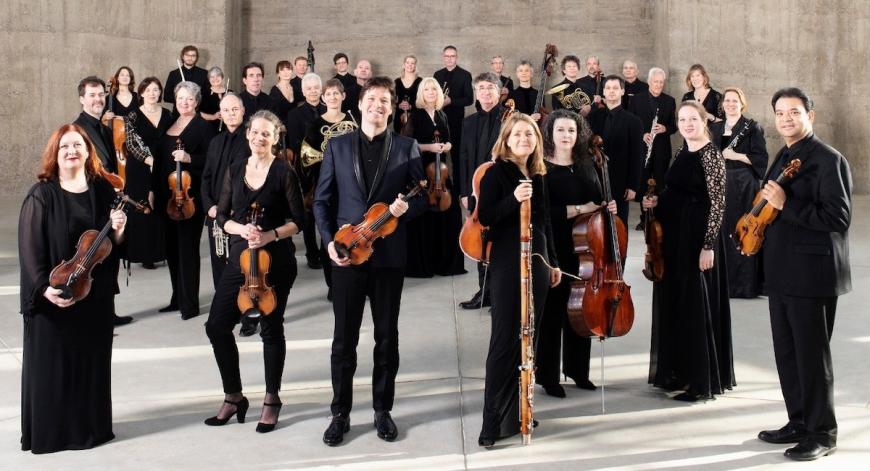
“We are living in a moment where all the things we rely upon are not reliable,” he says. “That includes our audiences, ticket sales, and marketing outlets. There are fewer ways to reach ticket buyers and they’re buying tickets later. Artists and managers have changed. Organizations have disappeared. Sometimes you don’t even know how to get in touch with an artist. The relaxing of travel restrictions should help, but there’s still the issue and the timeline for receiving visas, which over the last eight years has become increasingly difficult and time consuming. The question is, will things become easier in time to present a particular performer or company? Will they lighten up in time for my holiday show next month? Will they open up in time for the opening of my season next year?”
Steingraber says he works with several different scheduling timelines: 18 months (for orchestras and dance companies), 12 months (for jazz groups and chamber music), and six months for everything else.
“There is a whole host of artists that don’t want to be programed too far in advance,” he points out. “This is particularly true in Los Angeles, where so many artists also work in film, television, and commercials.”
I asked when he’d felt confident enough to book the current season? He laughs.
“It was a constant process of schedule, unschedule, reschedule, schedule, unschedule, reschedule beginning in the spring of 2020. We’d no idea this would go on for 18 months. I remember, at one point I said to my staff, ‘let’s just stop. We have no idea how long we’ll be in these circumstances. Let’s step back and wait for some clear direction.’ That didn’t come until March, 2021.”
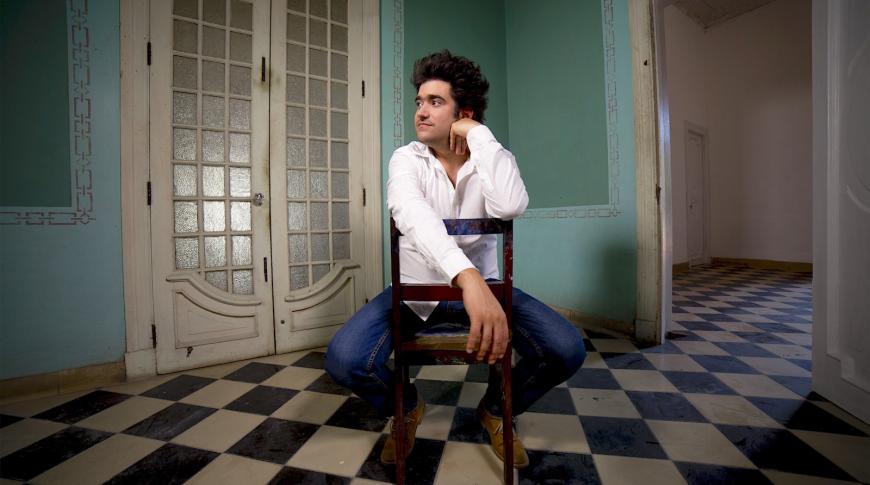
Like everyone else, Steingraber experienced a fleeting moment of euphoria in June, so he took a vacation.
“I got back to my office on July 6. The next day the university announced it had more COVID cases than at any time in the past!”
“I think we’re all going to end up with COVID one way or another,” Steingraber observes grimly. “I don’t know how we avoid that. I think it’s here to stay. We’re very close to booking our 2022–2023 season, but nothing is certain.
“The challenge we are facing right now as we reopen, are challenges that are enduring. They will be here, if not for two or three years, maybe forever. This was a pivotal moment concerning public convening for the performing arts. What comes next is going to be much harder. I don’t think we’ve begun to see the impact on arts organizations. I’m not a ‘falling-sky’ kind of guy, but the evidence is that the impact will be enduring.”


